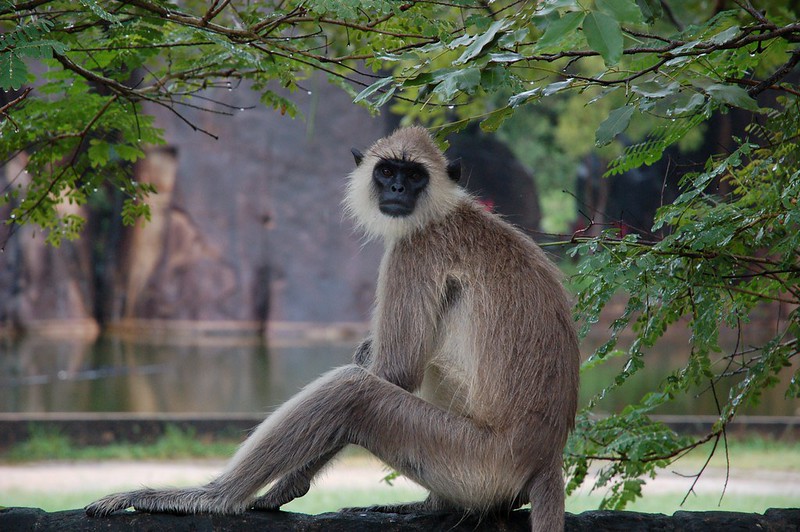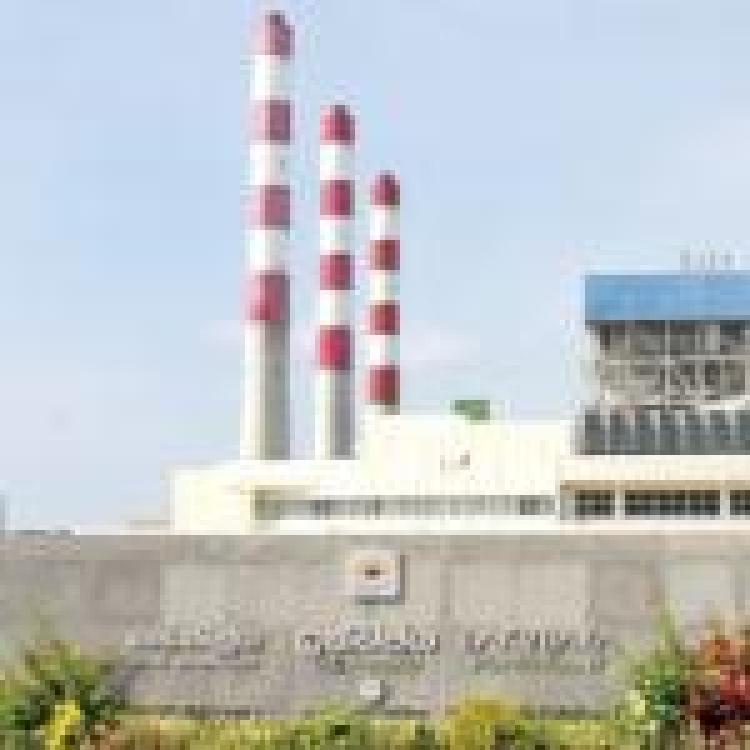
Photograph: Flickr
Sri Lanka was plunged into an island-wide blackout on Sunday at 11:30 a.m., leaving millions without electricity for over three hours. While power was gradually restored across the island, hospitals were forced to rely on backup generators, businesses faced disruptions, and several individuals were hospitalised due to generator fumes.
According to Energy Minister Kumara Jayakody, the outage was triggered when a monkey entered the Panadura substation and came into contact with a transformer, causing a system-wide imbalance. However, while the government attributed the failure to a rogue animal, experts and critics have pointed to long-standing structural weaknesses in Sri Lanka’s dilapidated power grid.
“A monkey has come in contact with our grid transformer, causing an imbalance in the system,” Jayakody told reporters.
The incident quickly became a source of ridicule online, with many mocking the fragility of the nation’s power infrastructure. According to the BBC, social media users compared the event to a comedy skit, while others referenced Hindu mythology. One user shared an image of Hanuman, the monkey god from the Ramayana, setting Lanka ablaze, captioning it, “Sri Lanka tasted monkey business in the past”. "Only in Sri Lanka can a group of monkeys fighting inside a power station cause an islandwide power outage," wrote Jamila Husain, editor-in-chief of local newspaper Daily Mirror.
However, beyond the memes, the outage has once again highlighted Sri Lanka’s ongoing energy crisis, with experts warning that further blackouts are inevitable unless urgent upgrades are made.
Although the government attempted to deflect blame onto a stray animal, engineers have been warning consecutive administrations for years that Sri Lanka’s electricity grid is highly vulnerable to disruptions.
"The national power grid is in such a weakened state that frequent islandwide power outages maybe expected if there is a disturbance even in one of our lines," an unnamed senior engineer told the Daily Mirror.
The country is no stranger to electricity shortages. In 2022, amid Sri Lanka’s worst economic crisis in decades, widespread fuel shortages led to rolling blackouts of up to 13 hours a day. The energy crisis, caused by mismanagement and corruption, left homes in darkness, factories idle, and hospitals struggling to function.
With temperatures exceeding 30°C (86°F) on Sunday, the unexpected blackout left millions sweltering, as those without generators waited anxiously for power to return. In Bogawantalawa, four people were hospitalised after inhaling toxic fumes from a generator operating inside a shop.
Despite mounting evidence of systemic failures, Energy Minister Jayakody deflected responsibility, blaming the outage on "short-sighted actions of previous governments". He accused past administrations of failing to modernise Sri Lanka’s ageing power infrastructure, claiming they had “poor guidance and lack of proper understanding of technology.”
The monkey blamed for Sunday’s blackout has not been located, but its involvement has reignited concerns about the rising number of monkey-related incidents in Sri Lanka. The island is home to between two to three million toque macaques, whose populations have expanded rapidly in recent years. Deforestation and habitat loss have driven these animals into human settlements, where they are frequently seen raiding homes, destroying crops, and now, it seems, bringing down power grids.




